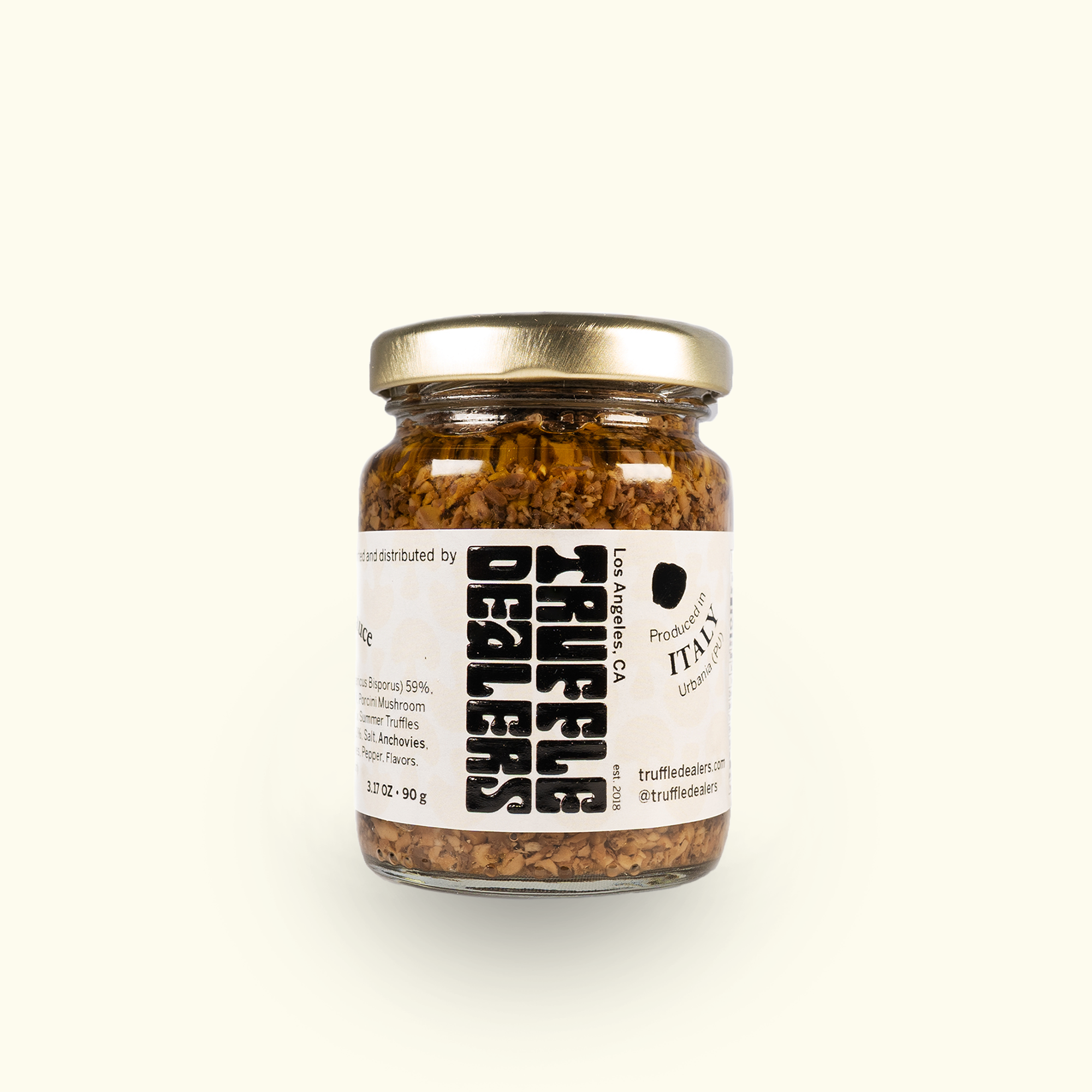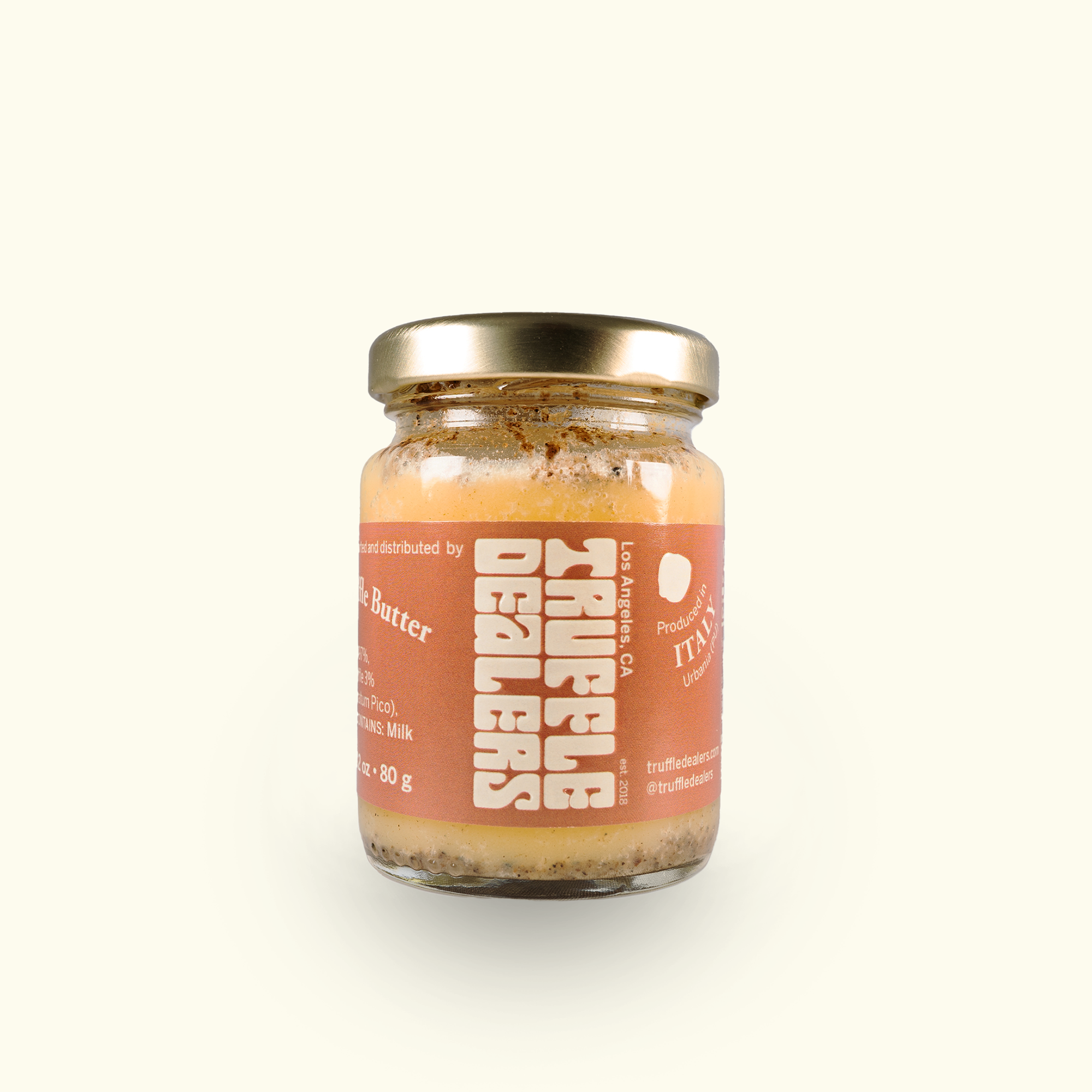Cycles. Truffle grows season after season, and their growth is repeating continuously
Truffles, often hailed as the diamond of the culinary world, are enigmatic fungi with a growth process steeped in mystery. Their rarity, taste, and aroma make them highly sought after, but few truly understand the complex and fascinating cycles that govern their growth.
At Truffle Dealers, we believe that understanding the life cycle of truffles helps deepen appreciation for their value and uniqueness. In this post, we’ll delve into the technical yet captivating world of truffle growth cycles, exploring how these delicate treasures regenerate season after season.
Understanding Truffles and Their Ecosystem
Truffles belong to the Tuber genus and are a type of mycorrhizal fungi. They thrive in symbiotic relationships with the roots of specific trees, such as oaks, hazelnuts, and beech. The delicate balance between the fungi and the host tree forms a nutrient-exchange system that is critical for truffle growth. This symbiosis means that truffles depend on highly specific environmental conditions, including soil composition, temperature, and humidity.
Truffles grow underground and are often harvested by trained dogs or pigs, which can detect their powerful aroma. But before they reach that stage, their lifecycle passes through several distinct phases that repeat annually.
The Truffle Growth Cycle
The growth of truffles follows a complex, cyclical pattern influenced by the changing seasons. Here’s an in-depth look at the phases that guide the production of fresh truffles year after year:
Spore Dispersal (Late Fall to Winter)
At the end of the truffle season, truffles release spores into the surrounding soil. These spores are spread through natural processes, including the foraging of animals attracted to the truffle’s strong scent. Once these spores settle, they seek to establish symbiosis with the roots of suitable host trees. This critical phase, called mycorrhization, is where the foundation of future truffles is laid.
Colonization (Winter to Early Spring)
During the winter months, the spores start to colonize the roots of the host tree, forming the mycorrhizal relationship. This is an incredibly slow and delicate process, requiring the right balance of nutrients, soil conditions, and moisture. The fungi draw carbohydrates from the tree, while the tree receives minerals and water from the fungi, creating a mutually beneficial partnership.
Mycelium Growth (Spring)
In spring, as the soil temperature rises and the moisture level increases, the mycelium (the network of fungal filaments) begins to expand underground. The mycelium plays a vital role in nutrient absorption, drawing essential compounds from the soil to nourish the developing truffles. This underground growth phase is essential for truffle formation and eventual maturation.
Tuber Initiation (Late Spring to Summer)
As the mycelium reaches maturity, it begins to form tubers, the nascent truffles. The exact conditions for tuber formation are still a subject of research, but factors like temperature, rainfall, and tree health are crucial. During this time, the truffles remain hidden beneath the soil, slowly maturing over the warm summer months.
Maturation and Harvest (Fall)
By early fall, the truffles reach full maturity, growing to their recognizable size and developing their distinct aroma. This is when fresh truffles are at their peak flavor, and they are harvested by skilled truffle hunters using trained animals. The harvest is a critical period, as truffles must be gathered before they over-ripen and lose their value.
Factors Affecting Truffle Growth
While the truffle life cycle may seem straightforward, it is heavily dependent on external factors:
Soil Composition
Truffles thrive in alkaline soils with a high content of calcium and a well-balanced mineral composition.
Weather Conditions
Rainfall and temperature directly impact truffle development. Too much moisture can lead to rot, while dry conditions can hinder mycelial growth.
Host Tree Health
The symbiotic relationship with host trees is vital. Trees must be strong and healthy for optimal truffle growth.
These cycles repeat every year, with truffle hunters eagerly awaiting the autumn months to harvest these earthy treasures. While truffles take their time to grow, their seasonal growth ensures a continuous supply, provided nature’s conditions are met.
Conclusion
Understanding the growth cycle of truffles not only highlights the complexities of their cultivation but also underscores the reason for their rarity and expense. Each season, fresh truffles undergo a delicate, cyclical process that allows them to flourish in only the most ideal conditions.
If you're looking to experience the exceptional flavor of fresh truffles, visit our online store at Truffle Dealers, where we offer a variety of truffle products handpicked from the best seasonal harvests.



